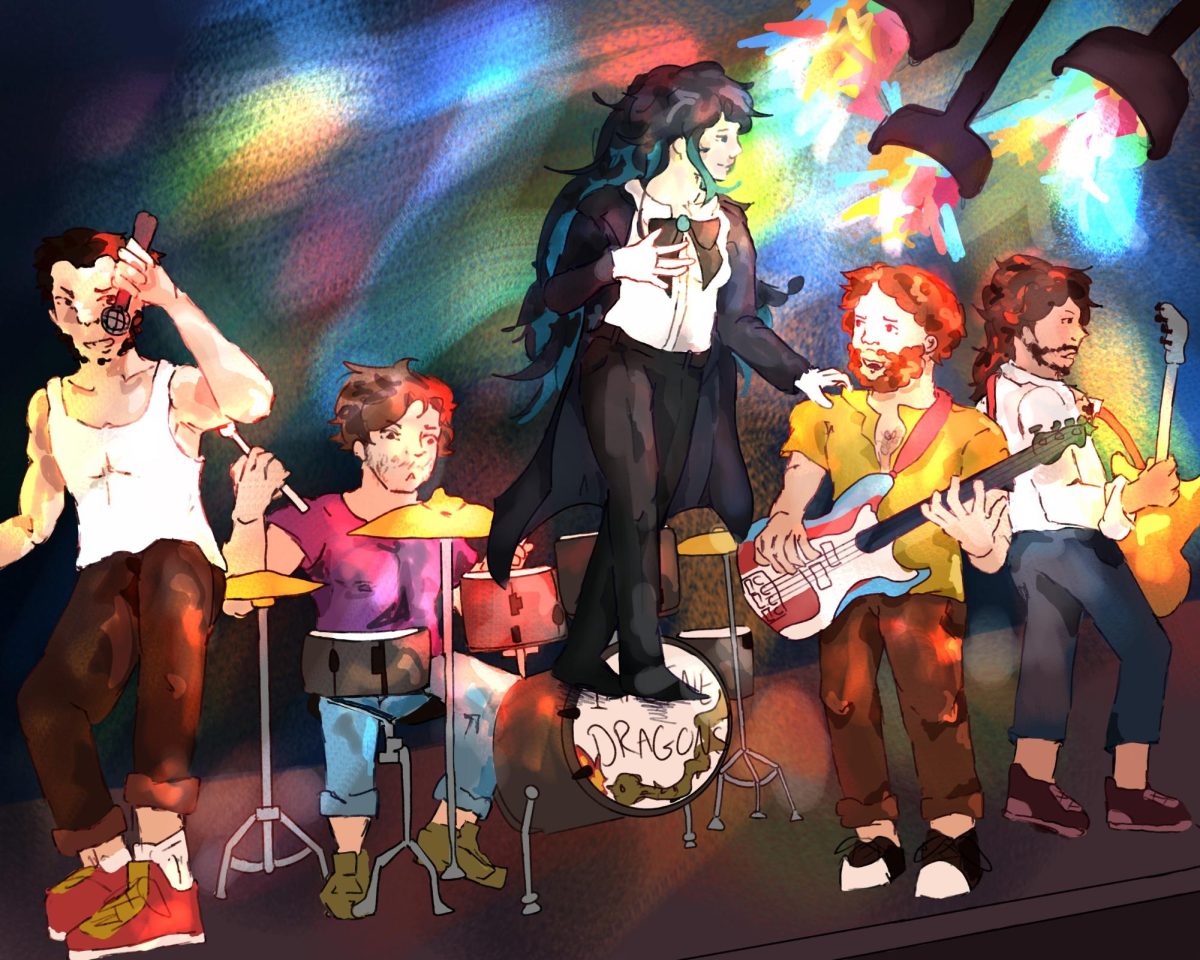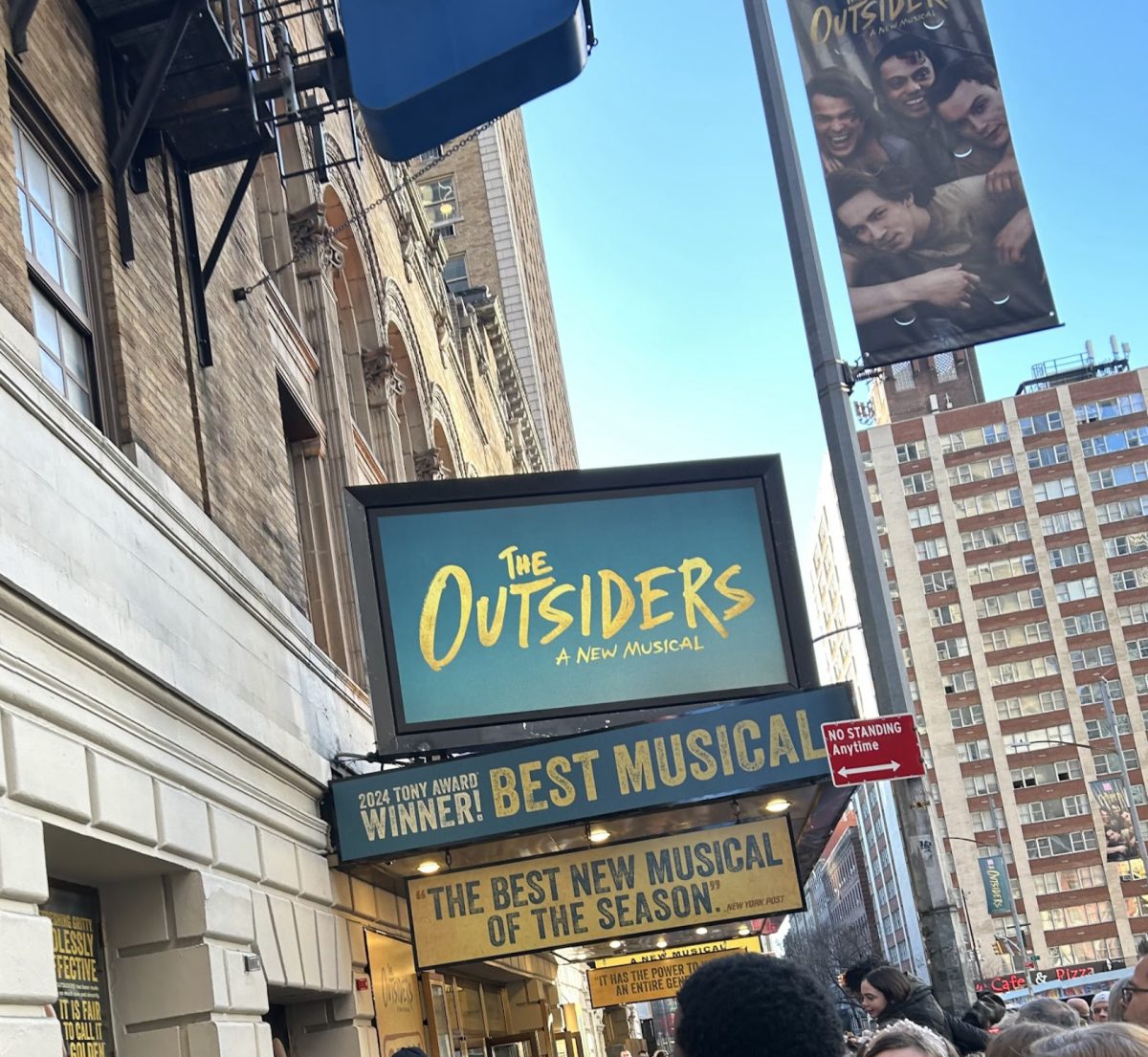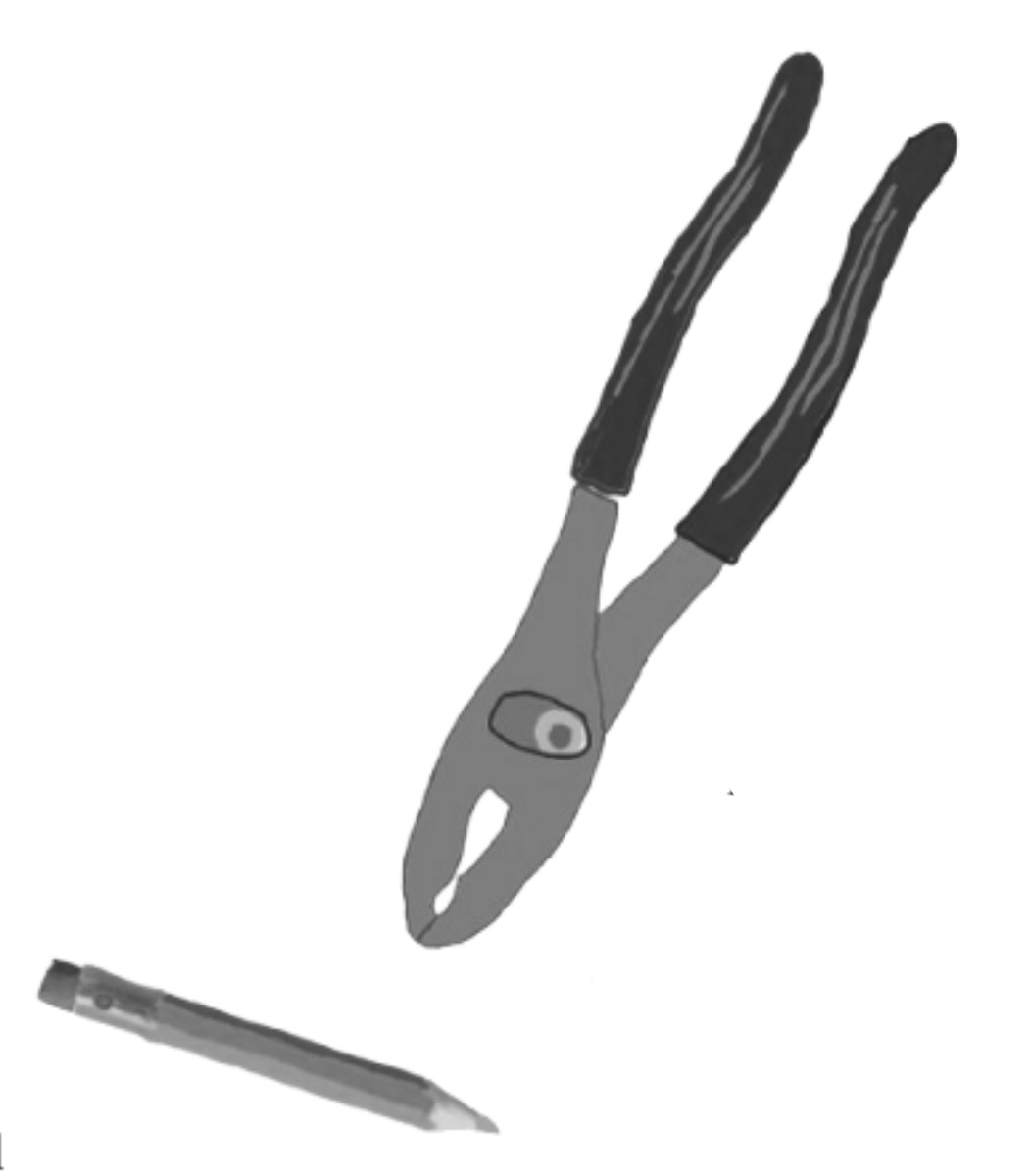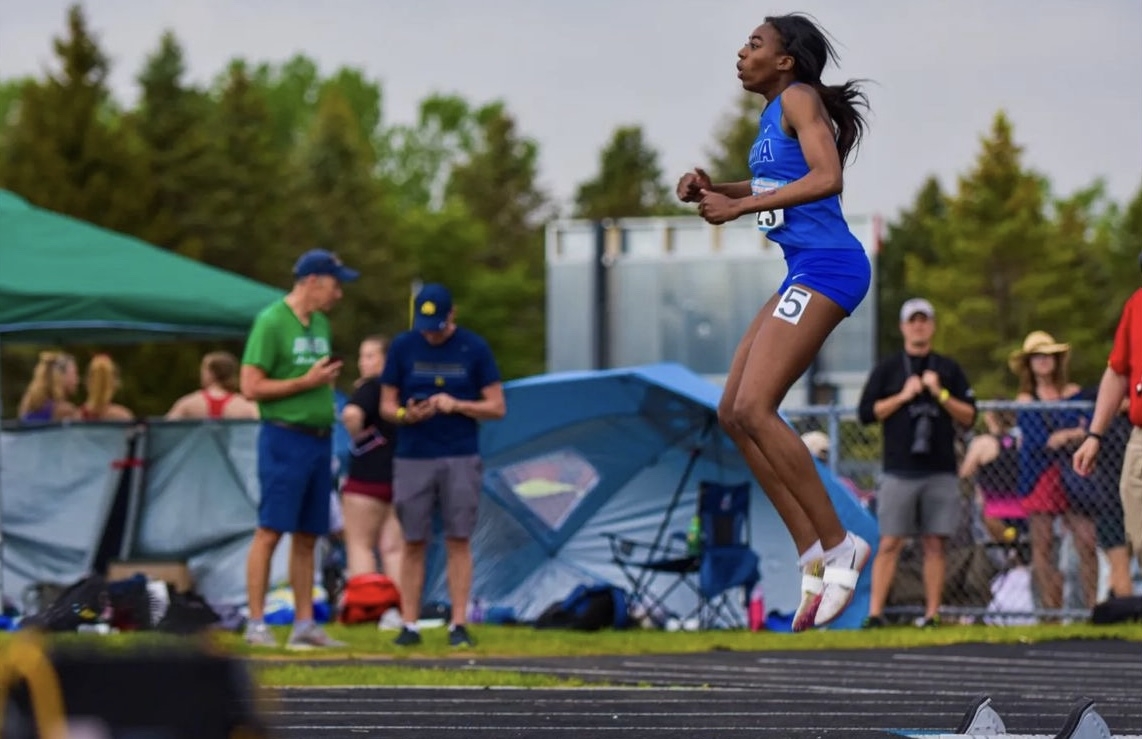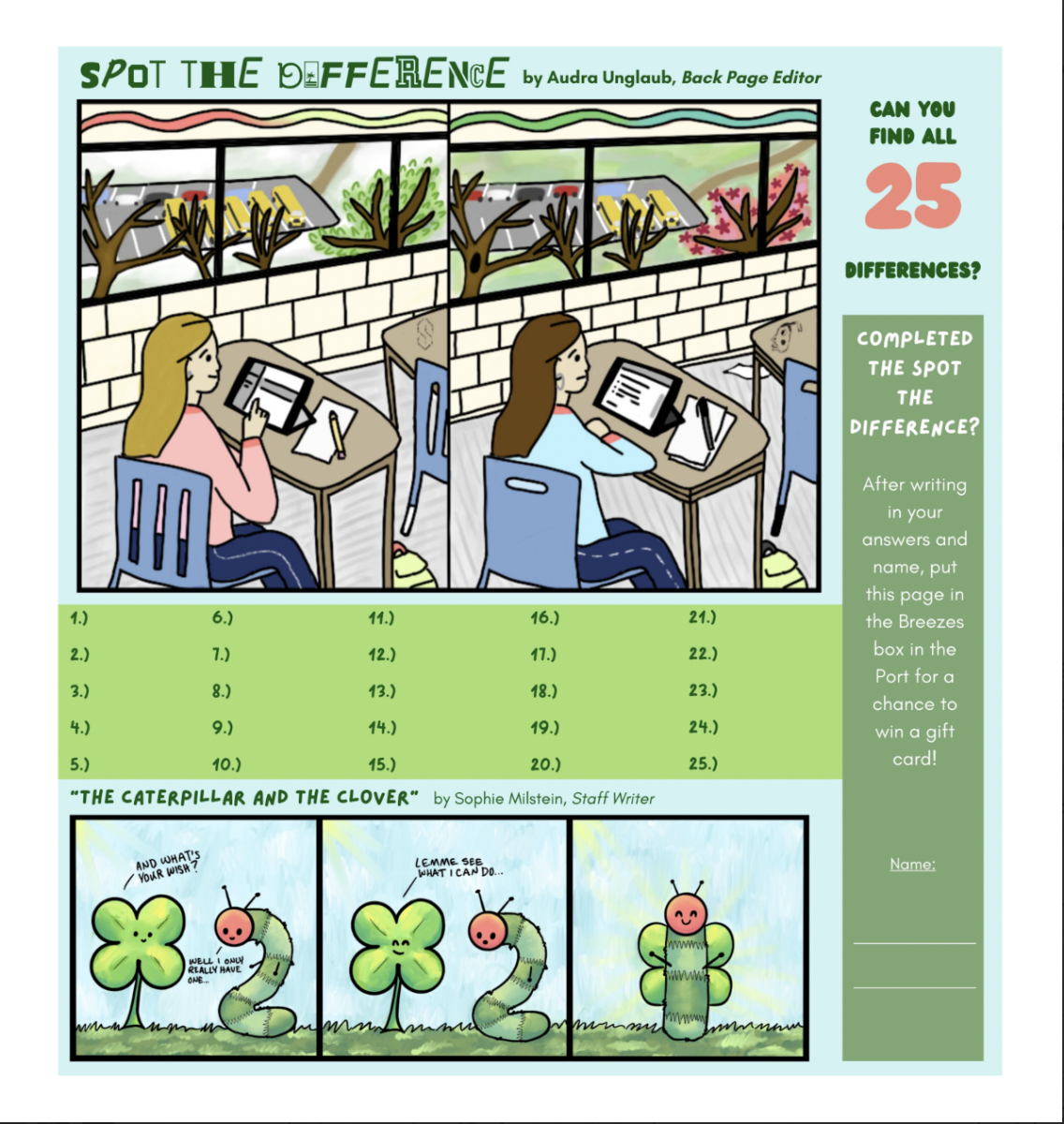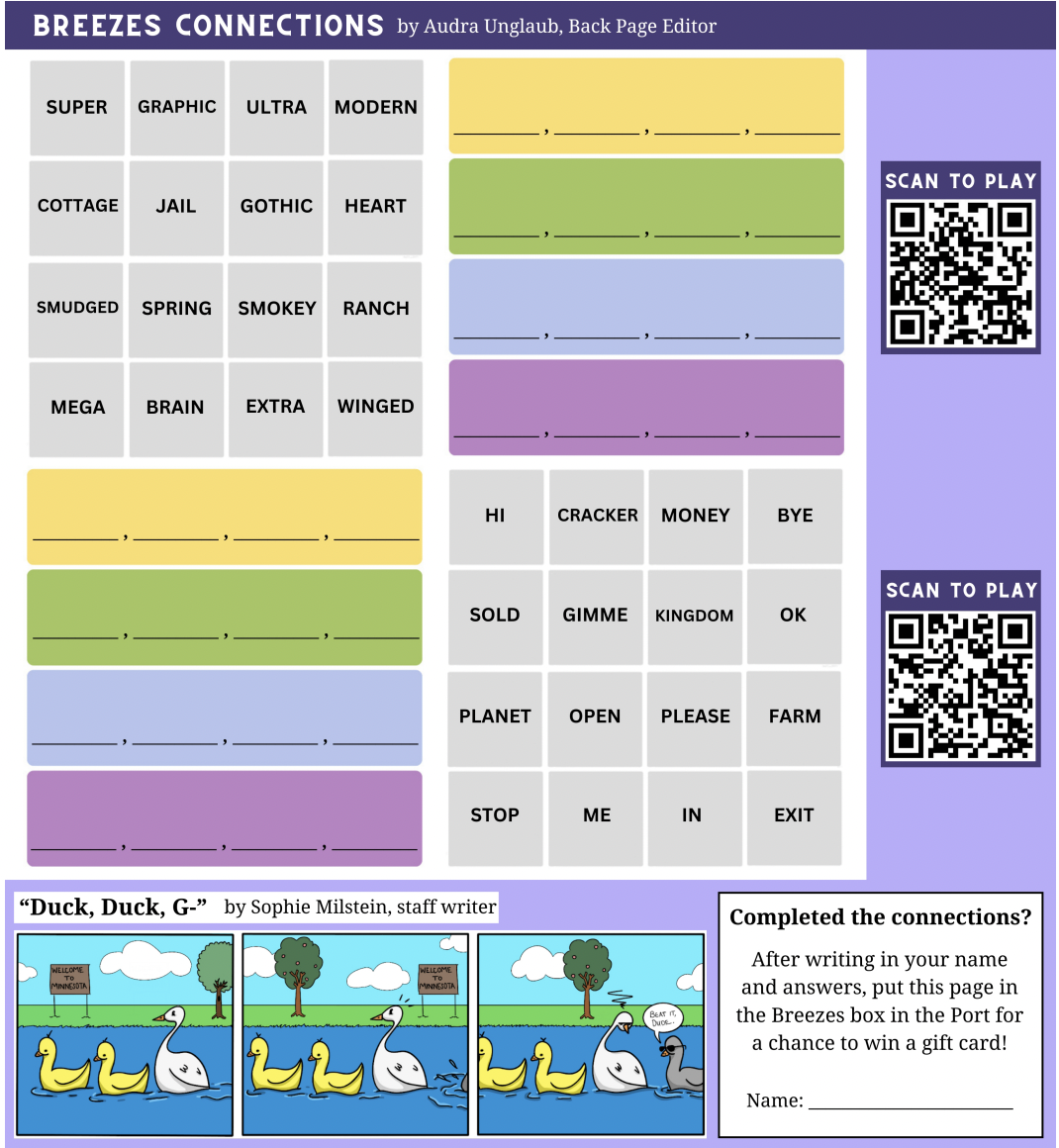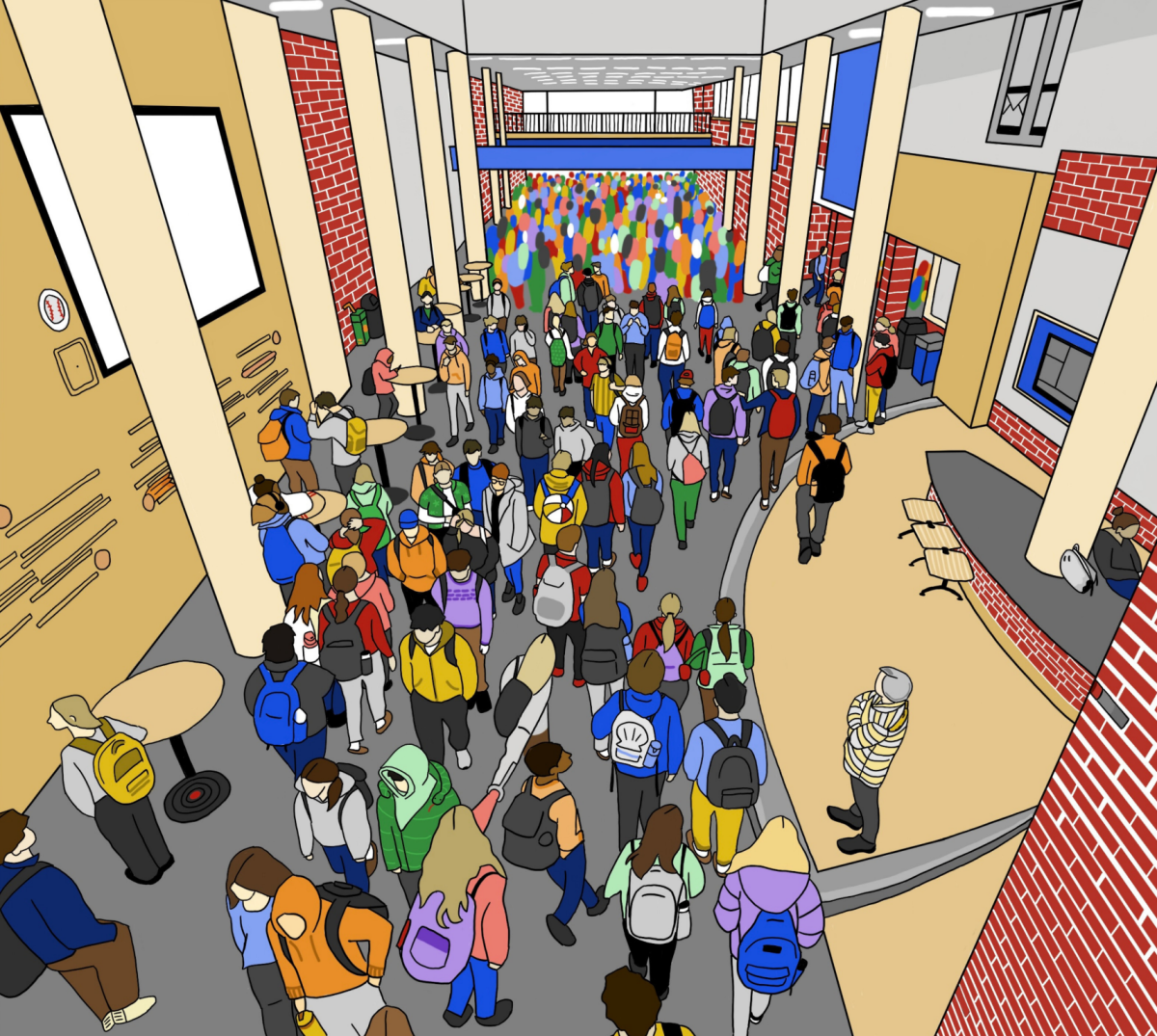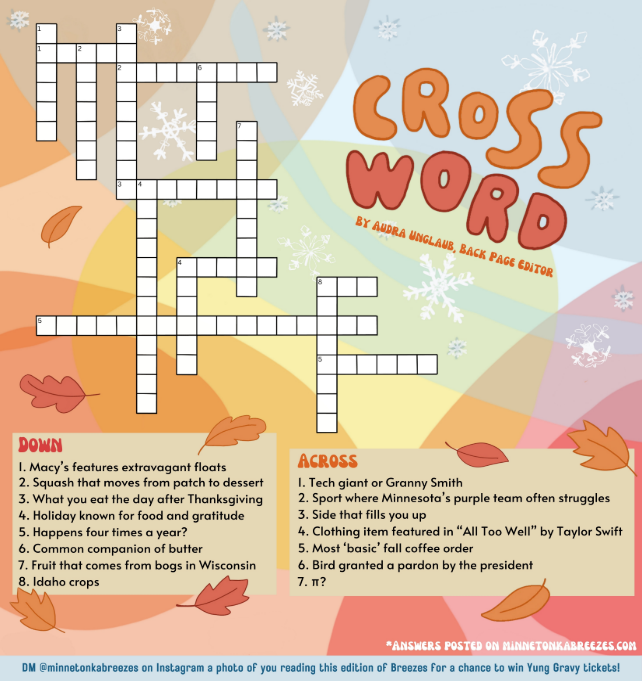The school board sometimes act as an invisible hand in everyday life at Minnetonka High School, but very few students are engaged with the school board directly. The board makes and passes policies that govern how our school operates, from influencing our curriculum to recommending and hiring superintendents.
Federal policy does have some say over how school boards operate at the district level; however, most of the governance is decided from district to district. Actually, of the latest updates to federal policy, the Every Student Succeeds Act (passed in 2015, replacing the antiquated No Child Left Behind program) granted districts more control over the academic standards and assessments.
In Minnesota, there are some general restrictions on how school boards can operate. Typically, they have 6-7 members and are responsible for choosing textbooks and courses of study, transportation to and from the school for students, implementing health and safety protocols, what books can and cannot be in the library (to a degree), and more—things none of us students get to have a meaningful say in. However, according to a leader of the high school’s Political Advocacy Club, Anouk Carter-Dorf, ‘25, it is far easier to get involved than students might think.
“I think lots of students think of the school board, and school board members, as an idea instead of people. Like, actually, they are super interested in student perspectives and are really eager to hear things from on-the-ground,” says Carter-Dorf. On the other hand, Carter-Dorf said, “more effort needs to be put into letting kids know that they can talk to people” because students don’t have a significant role on the board. When students don’t get involved, there are tangible repercussions; consider the MAST and Anchor Time schedules, for example. Not many students were ecstatic about the schedule change, but not many gave their opinions on the matter. However, some students are trying to change that.
Students in the VANTAGE Public Policy strand recently undertook a project for the school board. The school board “came to [visit] at the beginning of the semester and asked students to find a solution to the lack of student voice in the school board decision-making process, and from there we broke up into groups of 4 to 5,” said Rorey Schoen, ‘26. Schoen was on the team that ultimately got to present their findings at a school board meeting to discuss their findings in front of middle school principals, community and board members, and superintendent David Law. Their solution? To ensure that the elected student officials “are going to put in the effort to be on [the] board and [not] just see it as another extracurricular.” Potential officials would be nominated by teachers, and from there, the student body is given an opportunity to vote on their nominees, whittling the pool down to six members of a student advisory board, two of whom would represent students as liaisons to the school board on a rotating basis. There was initially a large amount of support from the school board because the group had a lot of tangible data, but parents had a different perspective. Pushback mainly consisted of students having “power over certain things like taxes, [or] the idea of a voting member,” said Schoen.
Although there is always more work to be done to make the student voice louder, students at the school are actively connecting with adults in positions of power to make a change. In the meantime, if you want to be heard, there are town hall and board meetings that you can attend to voice your opinions.








